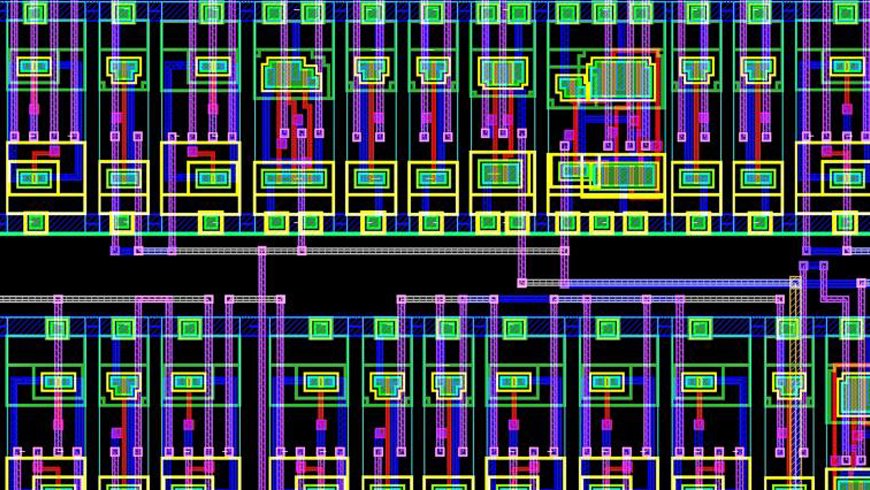Vlsi
• Arithmetic building blocks form the back-bone of data path designs, and play a significant role in power consumption
• Standard-cell libraries were introduced few decades ago to help IC designers to address the challenge of the increasing complexity of IC design
• Main concern was to reduce the design cycle time & also cost of manufacturing
• But the convenience offered by predefined digital CMOS standard cells has come at the price of overall chip-level inefficiency
• One fit for all context is no longer true
STANDARD CELL DIRECTLY IMPACTS SYSTEM OPTIMIZATION
STATE OF THE ART SOLUTIONS
• Current Solutions are addressing the low power standard cell challenge by:
– Reducing Frequency
– Exploring different drive strength cells
– Most of the solutions are Physical parameter based such as Voltage:
• By reducing supply (Vdd) & cut-in voltages (Vt)
• By using different Materials with different di-electric
– Swapping low-Vt cells with high-Vt cells
To reduce leakage power (after timing closure)
• Modern day Semiconductor Industry challenges:
– Power, Reliability, Variability Manufacturability etc
• One of the primary drawback:
– Standard-cells are developed without knowing the context & are over-constrained
• The standard-cells are developed to achieve minimum foot print & fastest performance
• There exists ample opportunities to optimize power:
– If we relax the constraints
Customize as per particular Context
STATE OF THE ART SOLUTIONS LIMITATIONS
• Increased Design Cycle Time
– Design overhead
– Verification overhead
• Area Penalty
Risk of First Pass Silicon Success
Address
BHIVE MG Road, Mahalakshmi Chambers, 29, MG Road Next to Trinity Metro Station, opp. Kotak Bank, Bengaluru, Karnataka 560001
Phone
+91 98457 16571
cumapathy@banashreesystems.com


